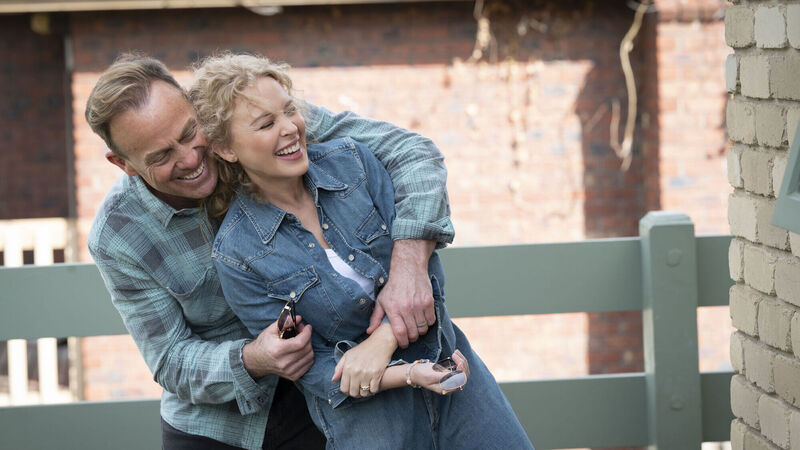In an age of unlimited access to an array of content, it can sometimes feel unreal to think of the pre-internet age — and how cultural phenomena obtained a ubiquity that you can’t explain in the present day.
The humble soap opera springs to mind — thrown down in front of the telly, with a mind desperate for any route out of the unending penury of homework, your writer as a child was one of millions who grew up with homemade soaps as part of the background noise, like Fair City and the late, lamented Glenroe, as well as more worldly offerings, like escapist Australian teen drama Home and Away, the grit of London-set serial EastEnders, or the working-class bonhomie of Coronation Street.
With the recent demise of long-running Australian soap Neighbours after 37 years, it’s staggering to recall a time when whole households revolved around the action and drama in a time before seemingly bottomless media consumption — historically by design, says DCU School of Communications’ Dr Roderick Flynn.
“The term ‘soap opera’ was derived from the fact that the earliest versions of this go back to the days of radio broadcasting, they grew from commercial American broadcasting, with native sponsors like soap companies requiring domestic dramas for product placement.
“The major advantage of soap is simply that the sunk costs are low. If you’re building a set for a soap opera, those sets are going to be used on a recurrent basis, while actors are often on a salary or, in the case of RTÉ’s Tolka Row and The Riordans, drawn from staff or repertory cast.
“It worked in the context of linear TV — it implies an entirely different social structure, the nuclear family, late-stage industrialism where everyone works from nine to five, and broadcasting schedules tended to be organised around that, but they also reinforced those structures.”
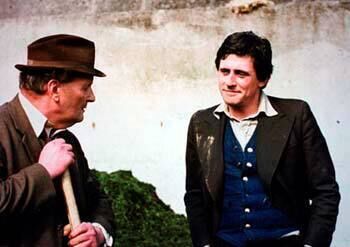
Of course, the Irish experience of the genre varies: there’s escapism, yearning for fairer climes and more eventful lives, but also reflection on our society, says broadcast historian Dr Finola Doyle-O’Neill.
“There’s a very famous line from country music singer Big Tom, ‘you can take your Pam from Dallas, we have Biddy from Glenroe’. It was really important.
“There’s a durability about soap opera, there’s also a sense that it does reflect a certain form of reality, and in Ireland, they’re very much geared towards the Irish consciousness. We’ve a really long history of soap opera, it’s a very comfortable genre, but — you’ve had obviously hugely controversial issues, like abortion, the Kay and Malachy story on Fair City, or infidelity, Miley and Fidelma on Glenroe.”
The secret to the soaps’ success has been a combination of these factors, as tens of millions of people tuned in across the UK and Ireland for decades — arguably peaking with 30.1m viewers for Den and Angie’s 1986 divorce confrontation on Eastenders.
The genre ruled the roost across terrestrial and satellite telly, balancing relatability and social commentary, says RTÉ’s Jenn Gannon.
“They were ever-evolving successors to the Dickensian serial — and that’s the nature of soaps, that’s why they were so successful from the get-go. Corrie was about that working-class life, industrialism, Northern England and that sense of humour. When you grew up with that, you saw yourself reflected back — their houses weren’t too dissimilar to where I grew up in Dublin.
“It was something that was directly day-to-day, and I think that is the success of it, and its Achilles heel. It’s so traditional, it’s almost like supporting a football team — you know which side you’re on, either an Eastenders or Coronation Street family, and due to that kind of familiarity, when you grow up with these soaps in the background, they can just become a bit boring and mundane.”
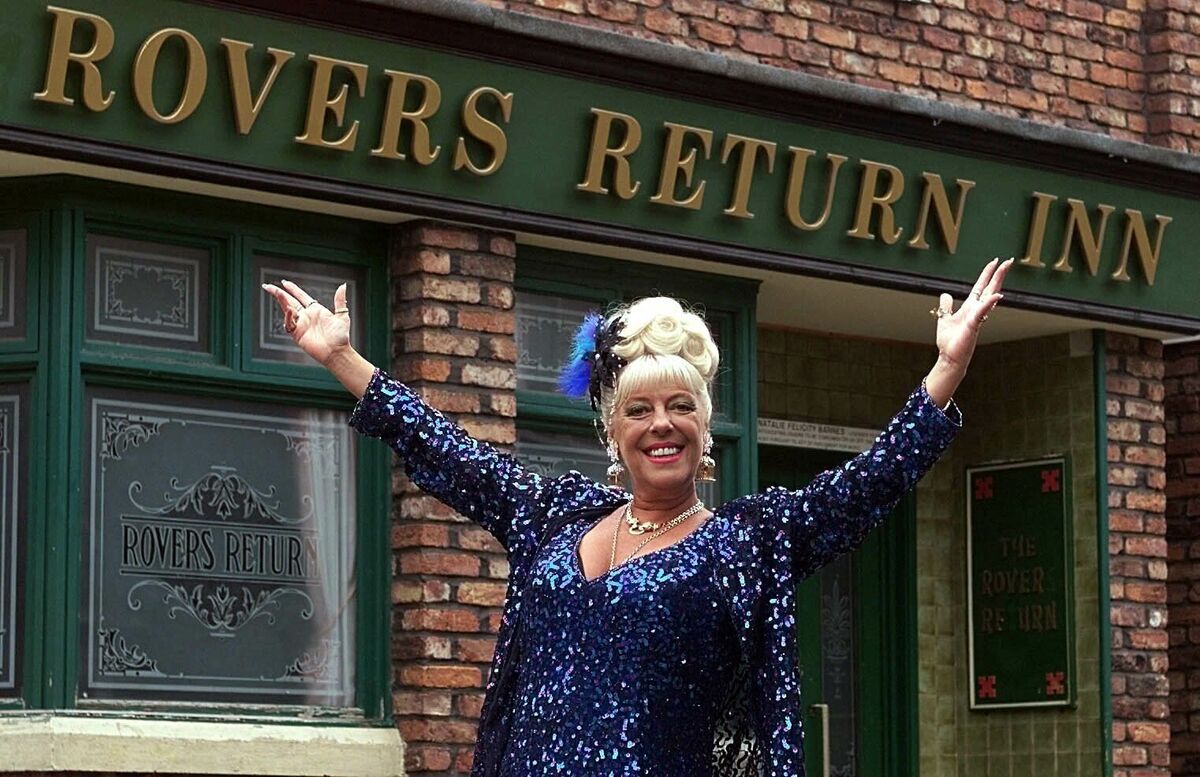
Of course, nothing lasts forever, and while the soaps maintain UK audiences in the low millions, ratings data for 2017-2019 see drops in already-diminishing viewerships: while TV viewing as a whole declined by 9%, Corrie fell by 19%, Emmerdale declined by 22%, EastEnders by 37%.
Closer to home, the 2021 Top 50 list of Irish shows failed to feature a single soap-opera episode, where once plot twists and storyline resolutions would have marked shows’ annual ratings spikes.
The linear television model on which soaps’ ubiquity was custom-built has undergone a massive shift, with audiences falling further into delayed or catch-up viewing, and lured away entirely by the endless choice of the streaming services, says Flynn.
“It also reflects on changes in the nature of work — most people still do something that looks broadly like a 9-5 job, but it’s not everyone anymore, and the nature of that day has blurred with technology. Other fixed structures of our existence have also had to adapt — streamers fit into that world very well.”
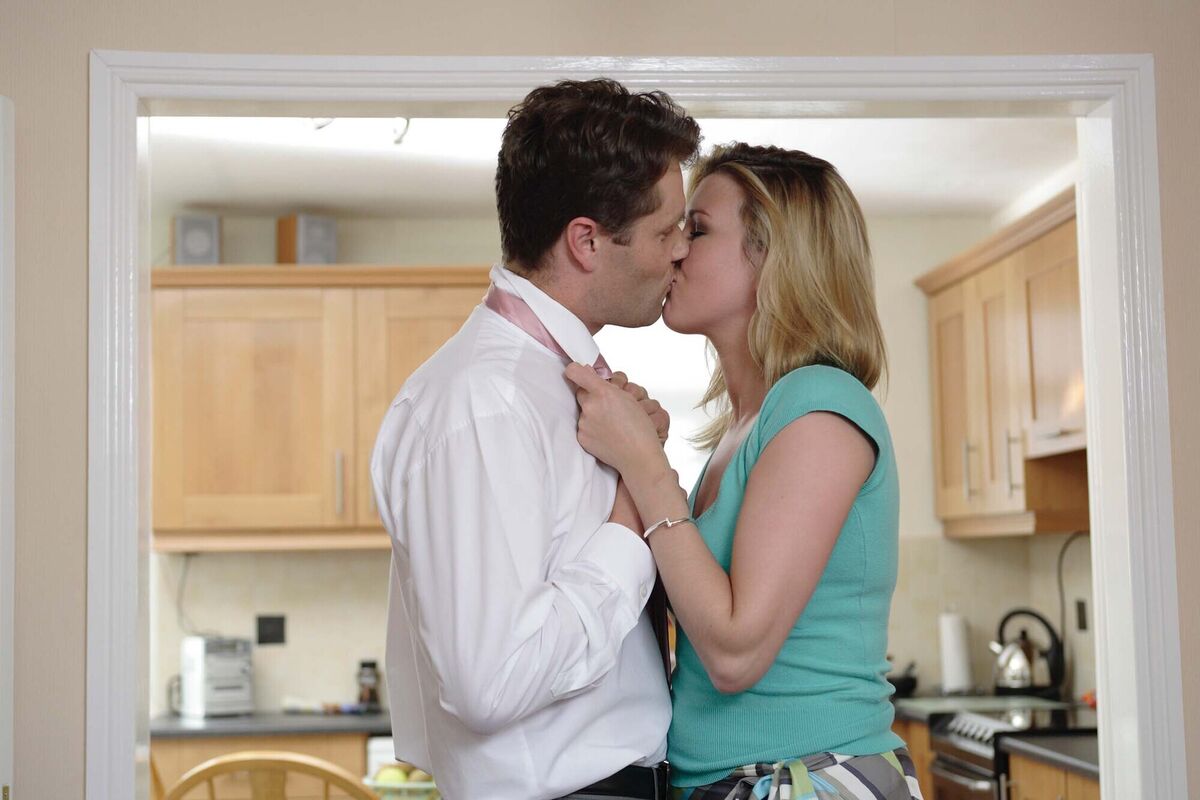
The other existential threat posed is the rise of reality television. With the idea of real-time mass voyeurism proposed by Big Brother giving way to slick, stage-managed fare like Love Island, the “unscripted” format offers broadcasters economic advantages, as well as relative ease of production — perfect for modern audiences, says Gannon.
“It’s a different audience, and I don’t know if younger people who have grown up with the internet, with the smallest possible attention span, YouTube and TikTok, have the time, the patience, or the inclination to get to know this telephone book-sized history — I think it feels meaningless to them.
“Even the exotica of Neighbours or Dallas, that seems so naive and so quaint. We were six months behind Australia with our episodes of Neighbours, and when you think about that now, it just wouldn’t compute. It just doesn’t make sense that you wouldn’t be able to get them at the same time, or that an English-speaking country would seem so foreign to us, so removed from our culture.”
With the demise of Neighbours marking the departure of Ramsay Street’s denizens from our screens, and the recent end of the BBC’s Holby City opening a void in viewing habits for hardcore fans, the question emerges of exactly how the soap operas maintain their relevance — critics point to the fate of Virgin Media’s Red Rock and its difficulties in finding a niche.
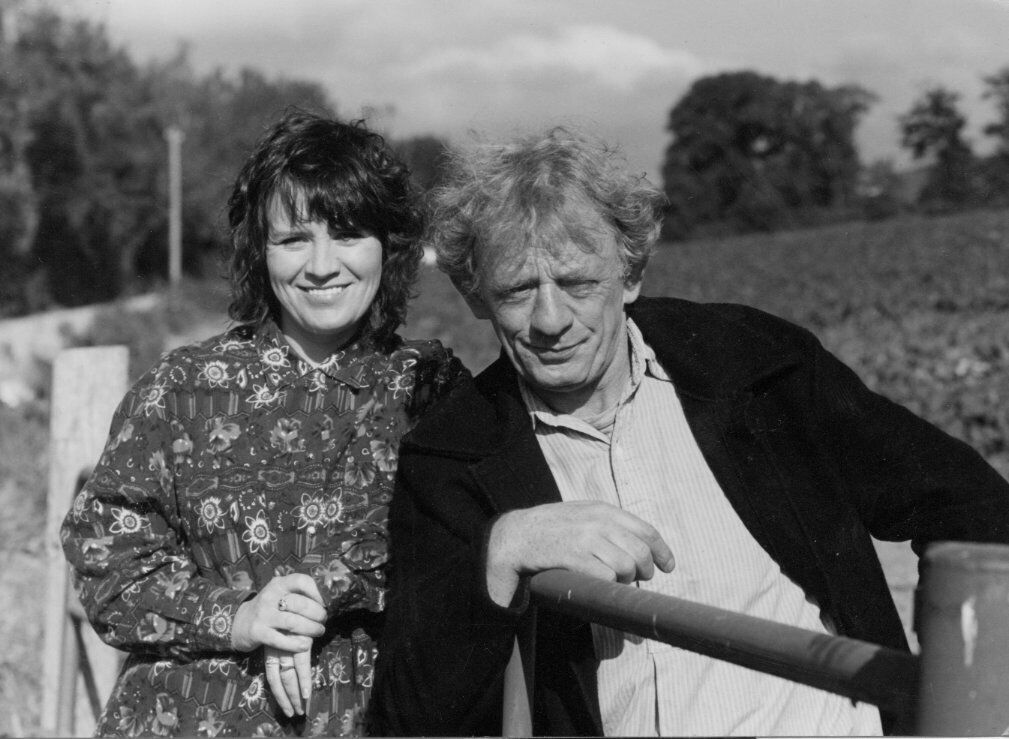
Of course, it’d be foolish to write the entire format off in one stroke — especially when older audiences are still so valued by advertisers, and the potential for much-vaunted event television remains for those in said demographics.
“People are quite happy, aged 40 and upwards, that would settle themselves in to watch Fair City four times a week,” says Finola. “It’s really important that there’s a unique vision in Ireland in terms of soap opera and Irishness, and there’s a real loyalty to characters such as Biddy, Miley and Benji, iconic characters that people will never forget.
“They had to discuss in the Dáil why The Riordans was cancelled — it had been such a sort of a part and parcel of Irish life. I don’t know whether it is a case of decline, over 350,000 to 400,000 people tune in to Fair City every week — that’s quite a lot of people for such a small population.”
CONNECT WITH US TODAY
Be the first to know the latest news and updates
